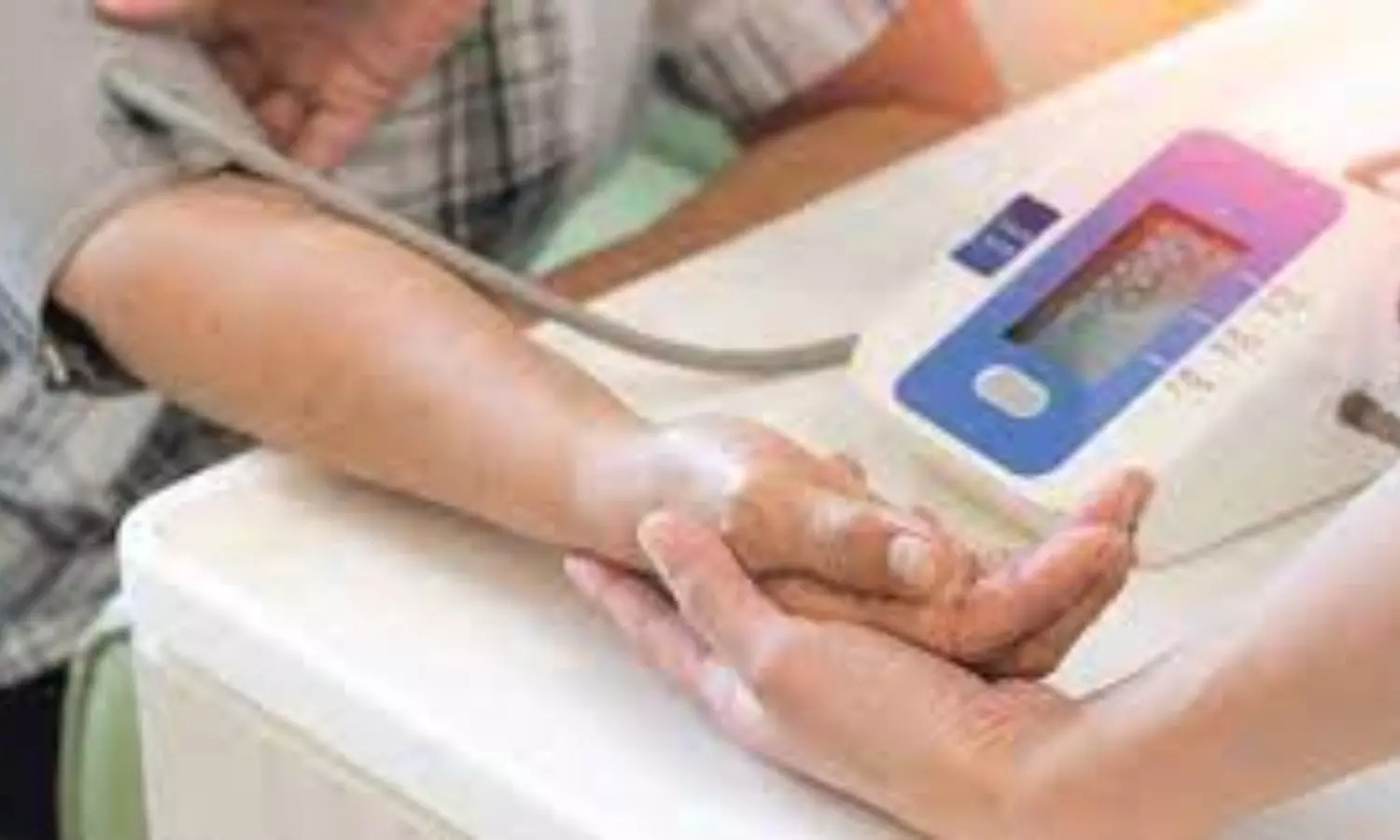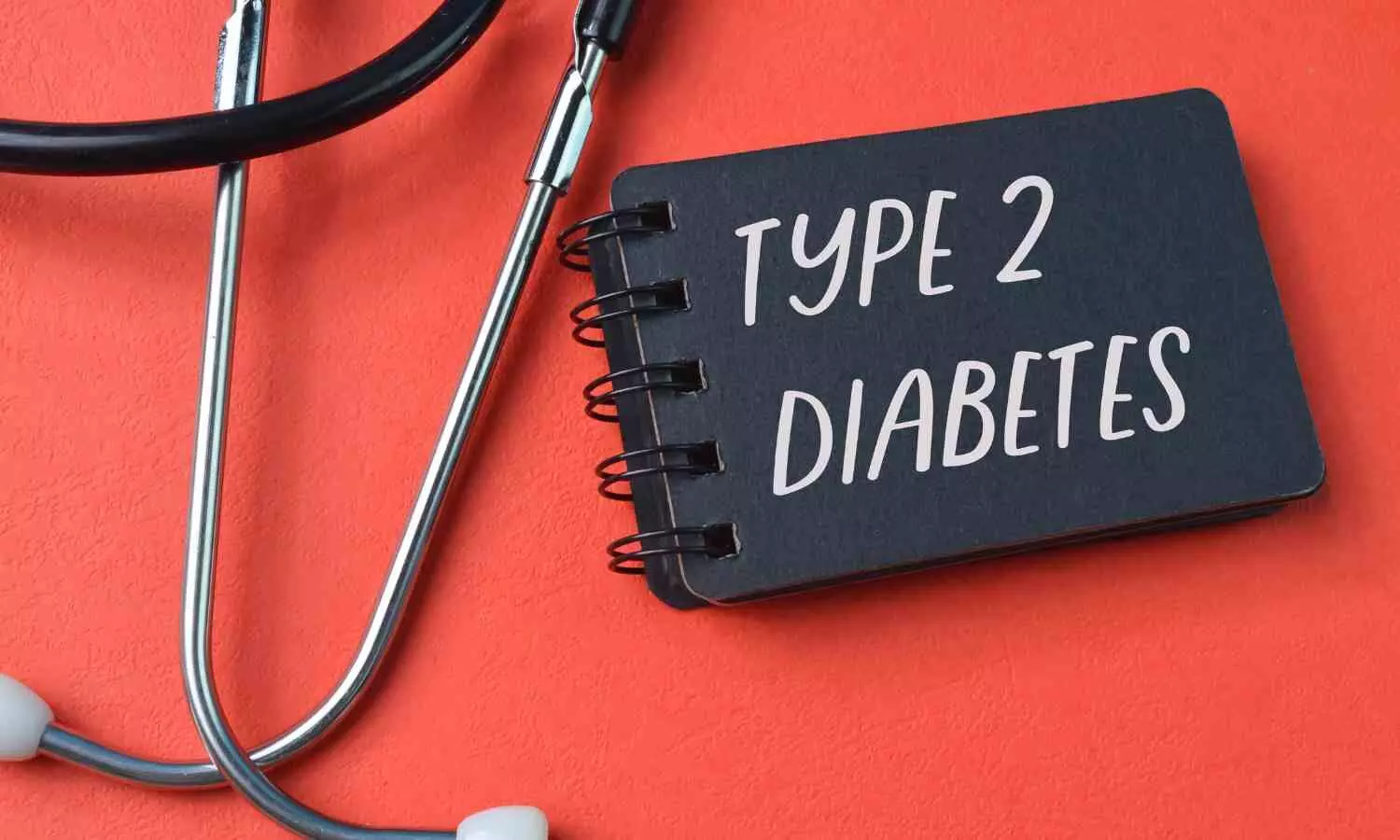Lorundrostat Significantly Lowers Blood Pressure in Resistant Hypertension: Study

USA: A recent clinical trial has shown that Lorundrostat, a novel aldosterone synthase inhibitor, significantly lowers blood pressure in patients with uncontrolled and treatment-resistant hypertension. The study, which assessed both the efficacy and safety of lorundrostat, presents encouraging prospects for individuals who have struggled to achieve blood pressure control with conventional antihypertensive treatments.
The findings from this double-blind, randomized trial were published online in the New England Journal of Medicine.
Hypertension, often referred to as high blood pressure, is a prevalent condition that can lead to severe cardiovascular events if not adequately controlled. While several medications are available to manage hypertension, some patients, particularly those with treatment-resistant hypertension, remain inadequately controlled, posing a challenge for both healthcare providers and patients.
Aldosterone dysregulation contributes to hypertension by affecting sodium retention and fluid balance. Lorundrostat, an aldosterone synthase inhibitor, offers a potential solution, but its efficacy and safety in hypertensive patients remain underexplored. To fill this gap, Luke J. Laffin, Cleveland Clinic Coordinating Center for Clinical Research, Cleveland, and colleagues focused on evaluating Lorundrostat’s effectiveness and safety, particularly in those with uncontrolled or treatment-resistant hypertension.
For this purpose, the researchers conducted a multicenter, double-blind, randomized, placebo-controlled trial involving patients on two to five antihypertensive medications with office blood pressure readings of 140/90 mm Hg or higher. After a 3-week standardized treatment phase, those with a 24-hour ambulatory blood pressure of 130/80 mm Hg or higher were randomized to receive either a placebo, a stable 50 mg daily dose of lorundrostat, or a dose-adjusted lorundrostat regimen (starting at 50 mg daily and increased to 100 mg if systolic pressure remained ≥130 mm Hg after 4 weeks).
The primary endpoint was the change in 24-hour average systolic blood pressure at 12 weeks, compared to placebo. A key secondary endpoint assessed this change at 4 weeks in the combined lorundrostat groups.
The key findings were as follows:
- A total of 285 participants were randomized, with 94 assigned to the stable-dose group, 96 to the dose-adjustment group, and 95 to the placebo group. The average age of participants was 60 years, and 53% (150 participants) were Black.
- After 12 weeks, the least-squares mean change in 24-hour average systolic blood pressure was −15.4 mm Hg in the stable-dose group, −13.9 mm Hg in the dose-adjustment group, and −7.4 mm Hg in the placebo group.
- The placebo-adjusted change in blood pressure was −7.9 mm Hg for the stable-dose group and −6.5 mm Hg for the dose-adjustment group.
- From baseline to week 4, the placebo-adjusted change in 24-hour average systolic blood pressure in the combined lorundrostat groups was −5.3 mm Hg.
- Potassium levels above 6.0 mmol/L were reported in 5 participants (5%) in the stable-dose group, 7 participants (7%) in the dose-adjustment group, and none in the placebo group.
“Lorundrostat demonstrated significantly greater reductions in 24-hour average blood pressure compared to placebo, offering a promising treatment option for patients with uncontrolled and treatment-resistant hypertension,” the authors concluded.
Reference:
Laffin LJ, et al “Lorundrostat efficacy and safety in patients with uncontrolled hypertension.” N Engl J Med 2025; DOI: 10.1056/NEJMoa2501440.
Powered by WPeMatico









